Expedition Taps New Tech to Check Deep-Sea Coral Health
Scientists aboard Schmidt Ocean Institute's R/V Falkor (too) have returned from an expedition to study the impact of climate change on deep water corals. Scientists from the mainland U.S. and Puerto Rico found greater biodiversity than previously known in Puerto Rican waters and may have identified several suspected new species of corals, collecting over 300 samples across 75 different species.
Research will be conducted in the coming months to identify and name any new species.
The 20-day expedition included researchers from Woods Hole Oceanographic Institution (WHOI), Lehigh University, and the University of Puerto Rico, and aimed to assess the health of mesophotic corals, in low light from 200 to 500 feet (60 to 150 meters), to deep-sea corals from 60 to 6,500 feet (20 to 2,000 meters), utilizing a new technology called SOLARIS, which stands for Submersible Oceanic Chemiluminescent Analyzer of Reactive Intermediate Species.
This sensor measures molecules known as “reactive oxygen species (ROS),” which are both essential and detrimental to the health of all living creatures. ROS are difficult to quantify as they have short lifetimes, with some existing for only 30 seconds in the marine environment. SOLARIS is a first-generation sensor that will continue to be developed and used as a framework in building future technologies for assessing ocean health. An earlier shallow-water prototype,
DISCO, helped to inform SOLARIS, and was developed by Colleen Hansel of WHOI, who served as the expedition’s chief scientist, with funding from Schmidt Marine Technology Partners.
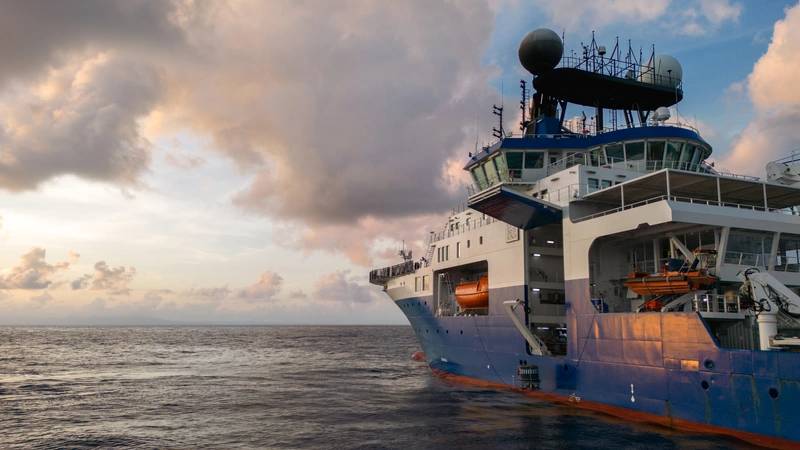 A CTD rosette is deployed to collect water samples throughout the water column below. The CTD measures conductivity (which helps determine salinity), temperature, and depth. The rosette also contains other sensors to characterize the water column, including fluorescence and oxygen. The bottles held on the rosette are used to collect waters at various depths that are characterized shipboard. Photo Credit/Provider: Alex Ingle / Schmidt Ocean Institute Alex Ingle / Schmidt Ocean Institute
A CTD rosette is deployed to collect water samples throughout the water column below. The CTD measures conductivity (which helps determine salinity), temperature, and depth. The rosette also contains other sensors to characterize the water column, including fluorescence and oxygen. The bottles held on the rosette are used to collect waters at various depths that are characterized shipboard. Photo Credit/Provider: Alex Ingle / Schmidt Ocean Institute Alex Ingle / Schmidt Ocean Institute
While it is widely known that shallow-water corals are struggling due to climate change, less is understood about the health of corals in deeper waters. The researchers investigated coral health by measuring their production of the ROSsuperoxide and hydrogen peroxide–chemicals that animals release for basic biological functions like eating and when responding to pathogens or environmental stress.
The team found that the amount of ROS formed by corals surrounding Puerto Rico varied as a function of coral species and were substantially lower than those previously observed in the Pacific Ocean. This could provide vital insight into what species and regions are more vulnerable to stress and changing ocean conditions.
Initial results within a controlled laboratory environment also indicate that some deep-sea corals release hydrogen peroxide when wounded, which could provide a diagnostic indicator of stress that scientists may utilize in rapidly assessing the health of deep-sea coral ecosystems.
“We believe reactive oxygen species are critical for acquiring food and fighting off pathogens,” said Hansel. “If these chemicals are protecting corals, then we may be able to help corals armor themselves from stress by better understanding the controls that promote their formation.”
The scientists also used Schmidt Ocean Institute’s underwater robot, ROV SuBastian, to explore the mesophotic and deep sea habitats, including Whiting Seamount and a canyon southwest of Vieques Island, where the team observed 6-foot-high bamboo coral.
At Desecheo Ridge, a part of the Desecheo National Wildlife Refuge west of Puerto Rico, scientists observed dense and diverse coral species outside the marine protected area. The team discovered much higher diversity of corals than previously observed in Desecheo National Wildlife Refuge and surrounding waterways. Before this expedition, the region was expected to have low diversity of corals based on the few observations previously done.
The new findings could provide evidence for expansion of marine protected areas around Puerto Rico.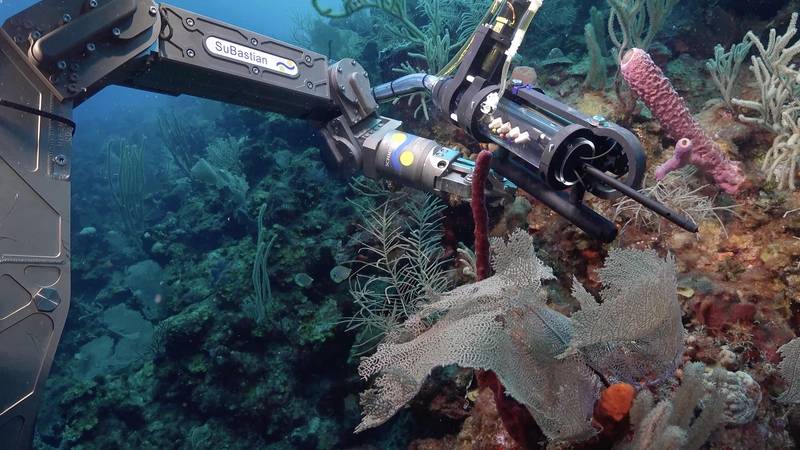 The developmental chemical sensor (SOLARIS) is a centerpiece of the expedition. SOLARIS is used in the ocean to make measurements of a fleetingly scarce compound called superoxide, a reactive oxygen species. SOLARIS utilizes the property chemiluminescence, a chemical reaction that produces light. The sensor SOLARIS enables scientists to bring the high-precision analyses of a chemistry laboratory to depths of up to 4500 meters to better understand the chemical dynamics of reactive oxygen, which researchers hope to use in understanding the corals' abilities to defend against pathogens and stress. Photo Credit/Provider: ROV SuBastian / Schmidt Ocean Institute
The developmental chemical sensor (SOLARIS) is a centerpiece of the expedition. SOLARIS is used in the ocean to make measurements of a fleetingly scarce compound called superoxide, a reactive oxygen species. SOLARIS utilizes the property chemiluminescence, a chemical reaction that produces light. The sensor SOLARIS enables scientists to bring the high-precision analyses of a chemistry laboratory to depths of up to 4500 meters to better understand the chemical dynamics of reactive oxygen, which researchers hope to use in understanding the corals' abilities to defend against pathogens and stress. Photo Credit/Provider: ROV SuBastian / Schmidt Ocean Institute



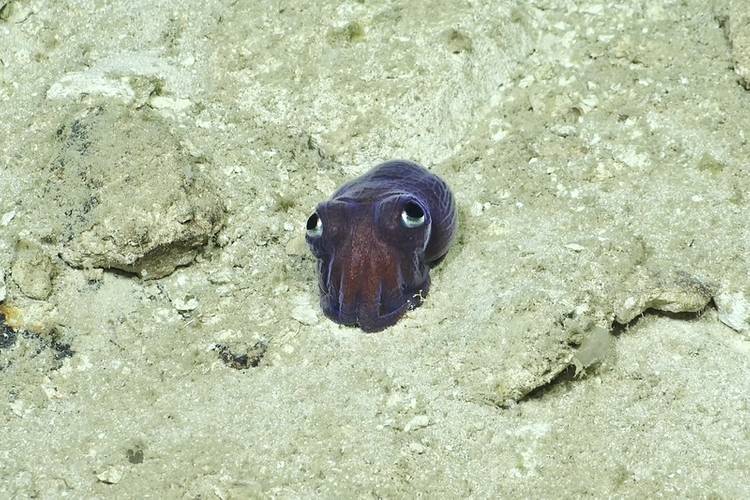
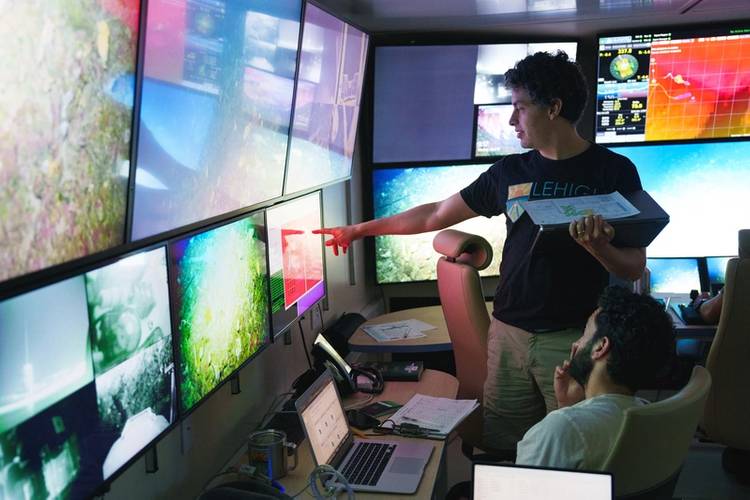



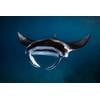
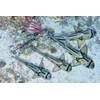
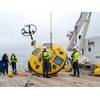






 August 2025
August 2025



